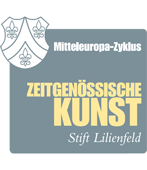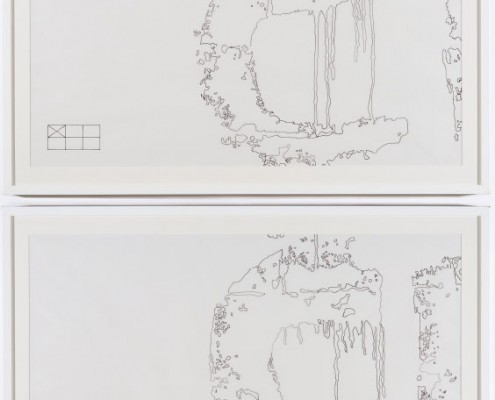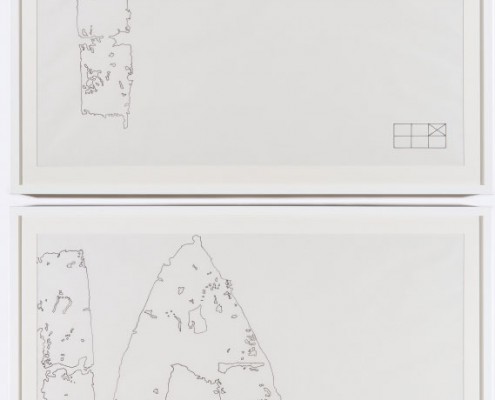Ivan Šuletić
SRB
BIOGRAFIE
Ivan Šuletić (1982) is a visual artist, living and
working in Belgrade. In June 2007. graduated from
the Faculty of Fine Arts in Belgrade, Serbia (MA).
In September 2009. completed the postgraduate
specialist studies at the Painting department at the
FFA in Belgrade. In 2009. enrolled doctoral studies at
the Painting department at the Faculty of Fine Arts in
Belgrade. Since February 2010. employed as a
teaching associate at the Faculty of Architecture in
Belgrade. In 2013. he co-founded and became a
co-editor of a web magazine for contemporary art in
Serbia, Supervizuelna. He organized several revial
group exhibitions of visual artists. His works are
presented in several private collections.
Selected exhibitions:
2014. Triumphal Arch, with Petokraka studio, Gallery
of the Faculty of Fine Arts, Belgrade, Serbia (solo);
2014. D. B. Mangelos Award Finals for 2014.
at Remont gallery, Belgrade, Serbia;
2014. Serbi.arte – Belgrade Now, a group exhibition
at Kunstforum Montafon, Schruns, Austria;
2013. Triumphal Arch, Empty Cube project at Appleton
Square, Lisbon, Portugal (solo);
2013. Rocks, „Aleksandar Djonovic“ gallery,
Arandjelovac, Serbia (solo);
2013. Teaser, a group show at the Gallery
of the Faculty of Fine Arts, Belgrade, Serbia;
2012. Commission of work „Gold bars“,
Sound and visions festival, Majdanpek, Serbia;
2011. Gallery “Juraj Klovic” (with C.Vicevic),
Rijeka, Croatia (solo);
2011. Ten, “Blok” gallery, Belgrade, Serbia (solo);
Since the wars in the former Yugoslavia in the
nineties, up to local conflicts of football fans or
political fractions, the phenomenon of identity
constructed on hatred and the negation of others
has become common in what is now Serbia. The
targeted groups were marked on the basis of their
national, religious, sexual or political orientation.
At the Belgrade stadium of FC „Red Star“ a graffiti
recently appeared, appropriately in red, reading:
„Death to everyone“.
The occurrence of this graffiti which targets everyone
as the other (not excluding the authors of the
graffiti), is a totally extreme vision of a world in
which one‘s own identity is dispersed in the negation
of all that exists.
Graffiti by its nature does not have a long life and
is often overwritten or destroyed. The drawings
were executed by tracing, a technique used by
conservators to document the traces of visual material.
The result is a group of six drawings, india
ink on tracing paper, dimensions 6 x 100 x 70 cm.
The work was made on site, on May 6, 2014.






